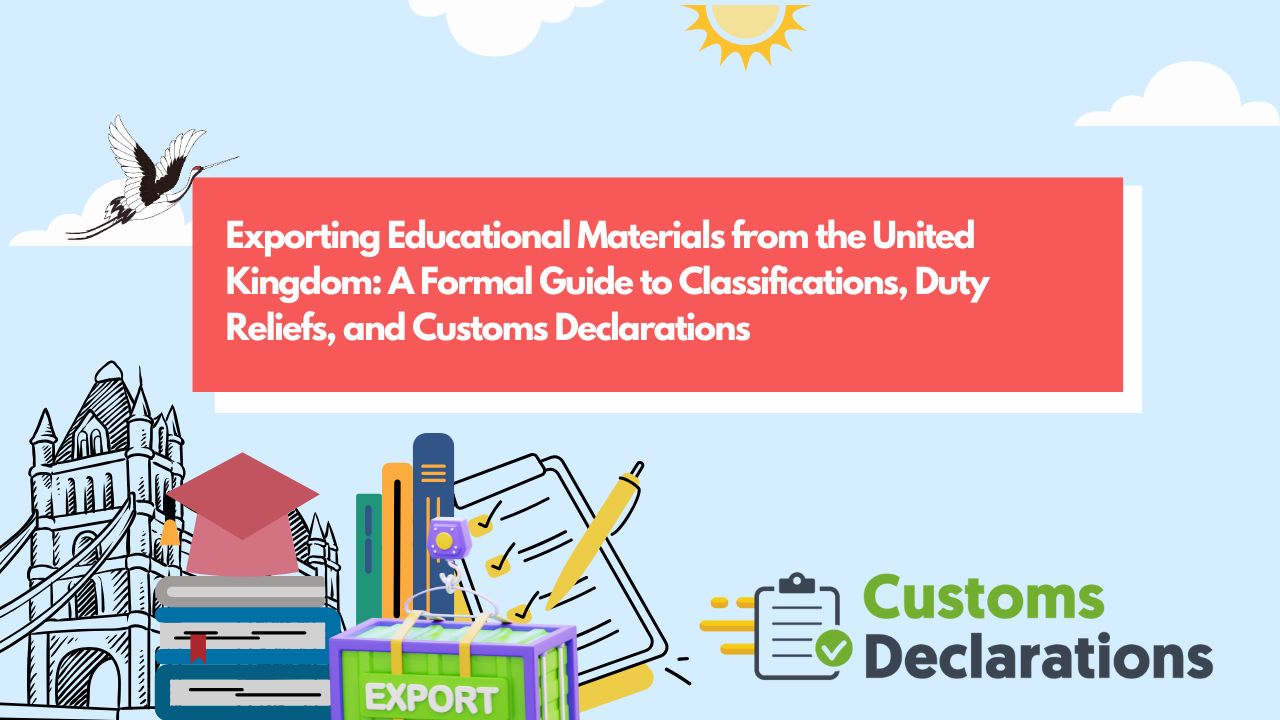Introduction
Books, journals, teaching software, and laboratory apparatus travel daily from British warehouses to classrooms and research centres abroad. Yet the apparent simplicity of loading cartons onto a pallet masks a dense network of customs rules that determine how quickly— and at what cost—those consignments cross the border. Since the UK’s withdrawal from the EU, every export requires an electronic declaration on HMRC’s Customs Declaration Service (CDS), backed by precise commodity coding, proof of origin, and documentary evidence that the transaction qualifies for VAT zero-rating. This article synthesises current HMRC guidance and international treaty provisions to present an intuitive, step-by-step roadmap for exporting educational materials, while showing how the Customs Declarations UK (CDUK) platform streamlines the most technically demanding stage: the declaration itself.

